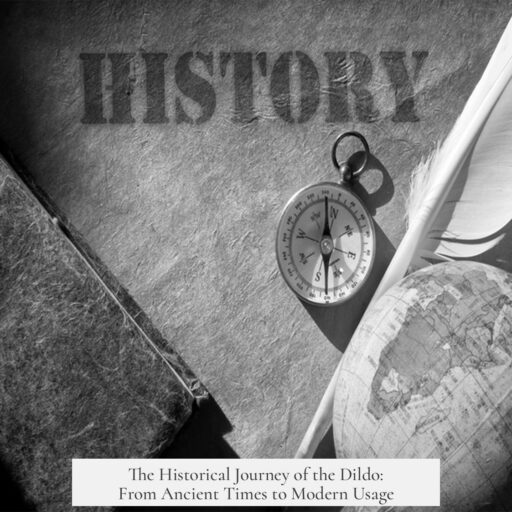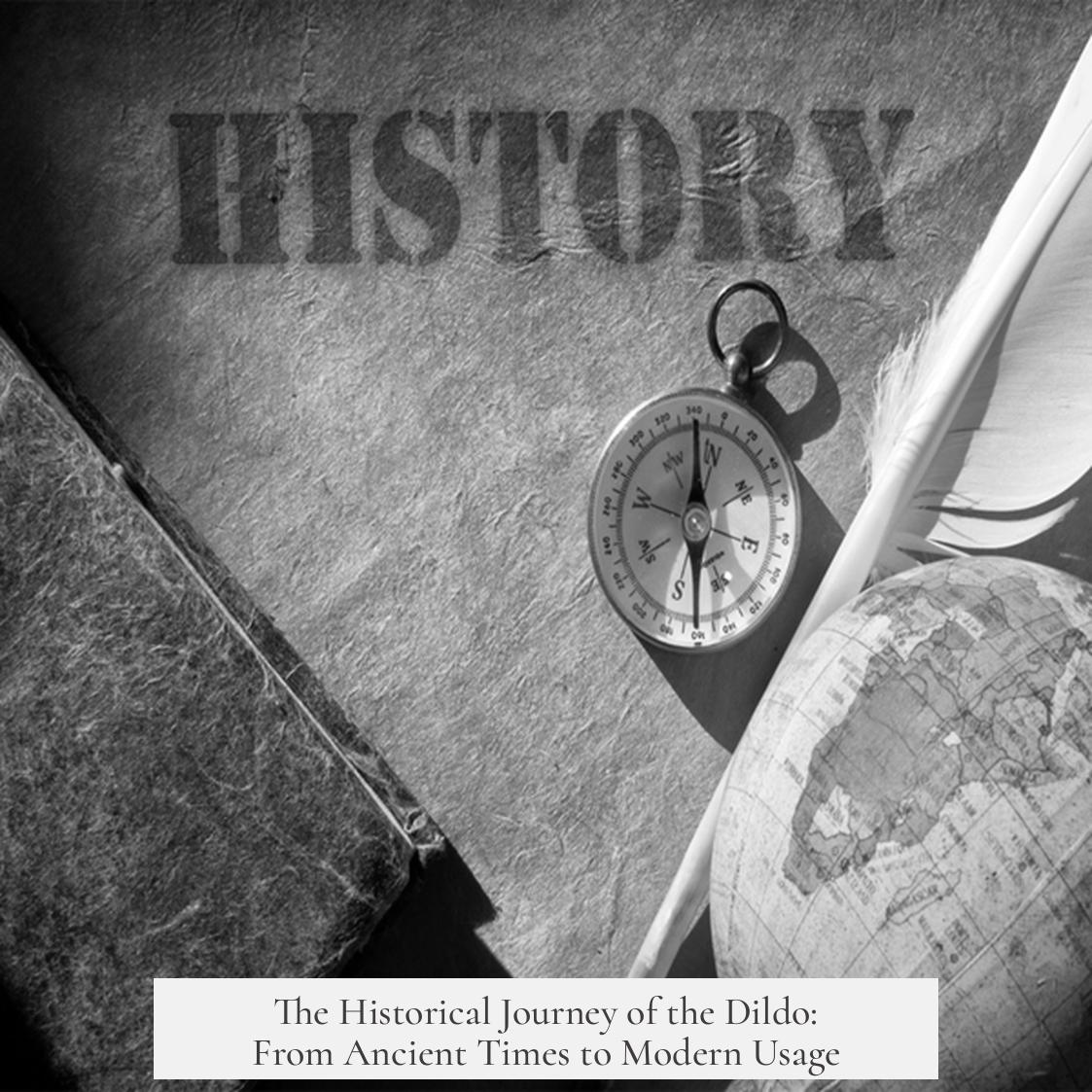The history of the dildo as a sex toy dates back at least 2,300 years, with early explicit references emerging from Ancient Greece and Asia Minor. Although phallic objects appeared in prehistoric times, their use was likely symbolic or religious rather than sexual. From antiquity through the Renaissance, dildos evolved in material, cultural meaning, and societal perception.
Phallic-shaped artifacts have been discovered from the Paleolithic and Neolithic eras, notably in places like the Museum of Prehistory Blaubeuren in Germany. These objects often carried sacred or religious importance, similar to the Venus of Willendorf figurines or Hindu Shiva-lingams, which hold deep symbolic meaning unrelated to sexual use. Thus, attributing ancient dildos to purely sexual purposes is uncertain and controversial.
Concrete evidence of dildos as sexual toys first appears around the 3rd century BCE, particularly in Miletus (now Balat, Turkey). Here, wooden or leather devices called olisbos were produced. The term “olisbos” derives from the Greek word for “to slip or glide.” These were likely lubricated with olive oil, a substance noted both for easing use and its presumed contraceptive properties in antiquity.
Ancient literature provides vivid insights into dildo use. The poet Herodas records a comedic exchange where women trade and use dildos, emphasizing a social and possibly intimate network of users. Another text describes Kerdon, a trader disguised as a shoemaker, who sold finely crafted dildos made of leather with “stitches of down, not thread.” Such narratives suggest dildos were both openly manufactured and consumed in some circles.
Ancient Greek drama also reflects social attitudes toward dildos. In Lysistrata, Aristophanes refers to the olisbos, highlighting male unease about dildos possibly replacing them sexually. This anxiety persists through history and into some modern legal restrictions, as in Texas, where owning six or more dildos is illegal, reflecting ongoing cultural tensions about sexuality and gender roles.
The Kama Sutra, an ancient Indian text on sexuality, offers information on penis extenders rather than dildos per se. It describes devices made of materials ranging from wood and leather to precious metals aimed at augmenting penis size. It also documents traditional techniques for penile enlargement, such as rubbing with insect bristles and herbal oils. The text cautions against these practices, underlining the limits and risks recognized in historic sexual modification.
Unique to Chinese history, there is some evidence of double-headed dildos created around the 12th to 13th centuries, possibly intended for use by two women simultaneously. Artifacts like marble phallic items displayed in the China Sex Museum support these claims, though scholarly acceptance remains cautious due to limited documentation.
The Renaissance era formalized the concept of the dildo in both language and literature. The word “dildo” likely stems from the Latin dilatare (“to open wide”) or the Italian diletto (“delight”), linking the object more explicitly with pleasure. Pietro Aretino, a 16th-century Italian writer famous for his erotic literature, included dildos in his dialogues. His work, considered the first literary pornography, features characters discussing and using glass dildos made near Venice, pointing to the device’s role in sexual expression and social commentary during that period.
| Period | Key Development | Relevant Details |
|---|---|---|
| Paleolithic/Neolithic | Phallic artifacts | Likely sacred/religious; non-sexual use debated |
| 3rd Century BCE | First explicit dildos (olisbos) | Made in Asia Minor; wooden/leather, lubricated with olive oil |
| Ancient Greek Literature | Social use & manufacture | Herodas, Aristophanes depict use and societal unease |
| Kama Sutra (India) | Penis extenders & enlargement techniques | Various materials; warnings against unsafe methods |
| 12–13th Century China | Double-headed dildos | Artifacts found but scholarly support limited |
| Renaissance Italy | Word “dildo” coined; literary references | Pietro Aretino’s dialogues; glass dildos; early pornography |
This historical perspective reveals the dildo’s complex cultural journey. From ambiguous early shapes to clearly understood devices for sexual pleasure, the dildo has carried symbolic, functional, and social meanings. Male anxieties and gender politics around dildos persist through centuries. Advances in materials, like glass and leather, showcase evolving craftsmanship. Literary expressions, especially during the Renaissance, brought dildos into explicit cultural conversation.
- Prehistoric phallic objects likely served religious or symbolic roles, not explicitly sexual.
- The earliest explicit sexual dildos date to 3rd century BCE Asia Minor, called olisbos.
- Ancient Greek texts reveal both manufacture and social acceptance intertwined with male anxiety.
- The Kama Sutra details penis extenders and enlargement, reflecting related sexual practices.
- Uncertain evidence exists for double-headed dildos in medieval China.
- The Renaissance formalized dildo terminology and documented its use in early pornography.
What is the History of the Dildo as a Sex Toy?
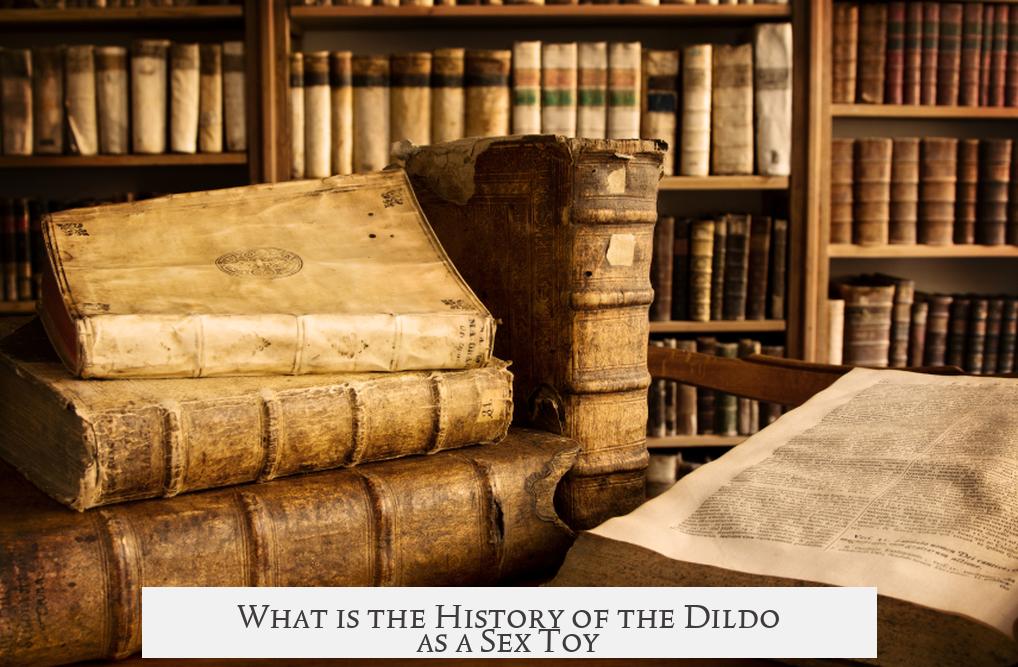
The dildo’s history as a sex toy stretches back over two millennia, rich with stories of culture, taboo, and even some male jealousy. From prehistoric shapes that might have been more about worship than pleasure, to Renaissance glass novelties, the journey is as curious as it is revealing.
Let’s unwrap this topic with some intriguing facts and a splash of humor. After all, history with a wink is easier to digest!
Digging into the Dawn: Paleolithic and Ancient Times
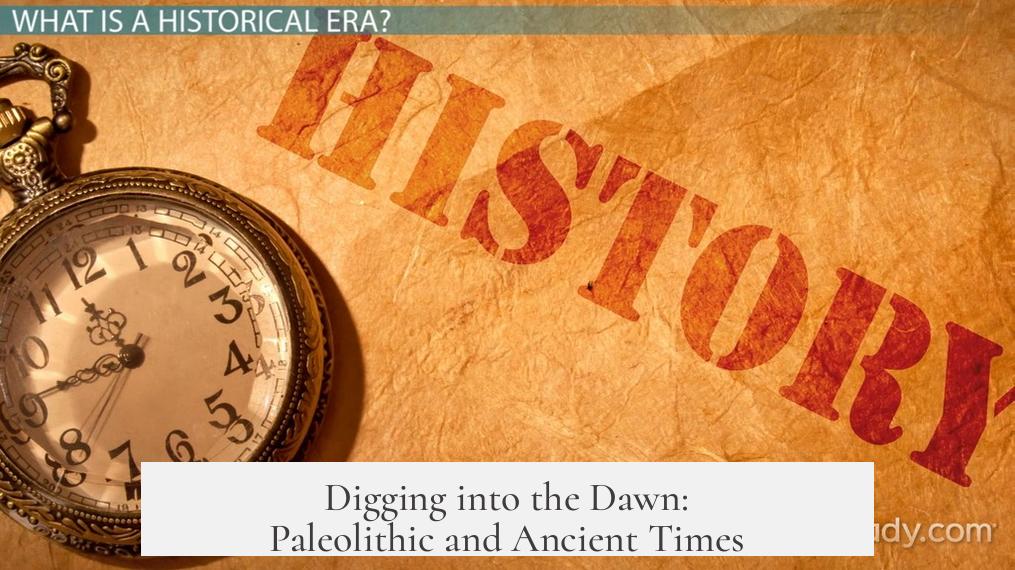
So, you Google “history of dildos” and stumble on claims saying people wielded phallic objects tens of thousands of years ago. Fascinating, right? Indeed, artifacts from the Paleolithic and Neolithic eras—like those spotlighted at Germany’s Museum of Prehistory Blaubeuren—show phallic-shaped carvings. But before you leap to conclusions, archaeologists caution these might have been religious or symbolic—think sacred objects like the Venus of Willendorf or Hindu Shiva-lingam (which, spoiler, isn’t exactly what it seems).
In short, those ancient “dildos”? Likely spiritual tools rather than sex toys.
The Real Deal: First Explicit Sexual Dildo References (~2300 Years Ago)

Fast forward to about the 3rd century BCE in Asia Minor (modern Turkey), and clear evidence emerges of items used explicitly for sexual pleasure. Enter the olisbos—wooden or leather dildos often coated with olive oil, both for slipperiness and, incidentally, some traditional contraceptive mojo.
These weren’t subtle objects either. The Greek poet Herodas recounts a playful social scene where women exchange and cherish olisbos like prized gifts, showing how normalized their use was in certain circles. The purchase was cleverly disguised, too. The trader Kerdon sold dildos under the guise of shoemaking—a crafty cover story if ever there was one.
“The things he makes, all of them, are worthy of Athena… His smoothness – a dream; and the stitches, of down, not of thread!”
That’s quite the sales pitch!
Male Anxiety: Ancient and Still Alive

Here’s where things get spicy. The notorious Greek playwright Aristophanes mentioned the olisbos in Lysistrata, highlighting some persistent male nerves. Coritto, a woman in Herodas’ tale, cheekily remarks, “The men certainly have no rams like those…” suggesting these dildos might even outperform men in bed. Yes, male anxiety about sexual replacement is hardly a recent invention.
This unease lingers. Case in point: modern laws in places like Texas ban the possession or sale of six or more dildos. Because thresholds clearly matter in the realm of discomfort and control.
Penis Extenders and Enhancement: Kama Sutra Knows Best

Jump across the globe to ancient India, where the Kama Sutra recommends penis extenders made from everything from cheap wood and leather to luxurious gold and silver. These devices fit over the erection, aiming to please partners and enhance performance.
But wait, there’s more! The Kama Sutra spells out traditional enlargement techniques using insect bristles and botanical concoctions—think oils boiled with pomegranate seeds or cucumber—to cause gradual swelling. However, the text prudently advises against trying these at home, presumably to avoid nasty side effects. So, no swiping insect brushes around the house just yet.
A Curious Chinese Curiosity: Double-Headed Dildos

In 12th-13th century China, rumors hint at a double-headed dildo crafted from marble, intended for resonant pleasure between two women. The China Sex Museum displays such an artifact. Though scholars remain skeptical about the authenticity and exact use, it’s a fascinating glimpse of diversity in sexual aids spanning cultures.
Renaissance Revelations: Naming the Dildo and the Birth of Pornography
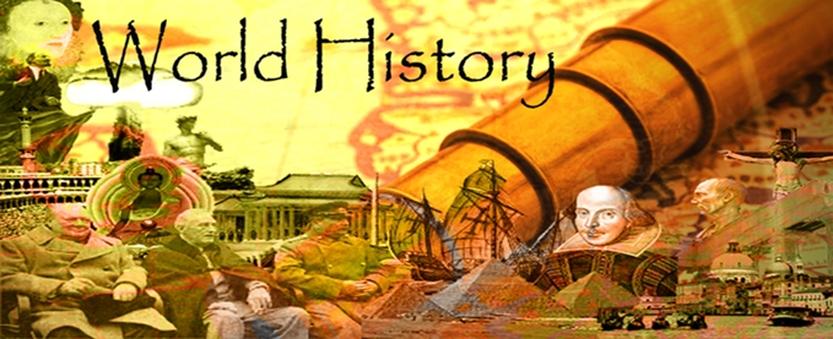
The Renaissance period, usually associated with art and science, also formalized the word dildo. Derived possibly from the Latin dilatare, meaning “to open wide,” or the Italian diletto, “delight,” the term surfaces in literature at this time.
Pietro Aretino, known as the “father of pornography,” gave dildos their first modern literary glow in his Dialogues. In one spirited scene, a courtesan named Nanna enters a nunnery dining hall, where monks and nuns greet her warmly. She’s then presented with glass fruits resembling penises, crafted in Murano near Venice, which she puts to “fruitful” use.
Let’s just say, Renaissance folks knew how to blend sex and art with flair.
Summing It Up: A Tale of Pleasure, Power, and Play
- Phallic-shaped objects date back to prehistoric times, but their explicit role as sex toys begins around 2300 years ago in Asia Minor.
- Ancient Greek literature and plays depict the manufacture, use, and social attitudes towards dildos, including male skittishness over their appeal.
- Classic Indian texts like the Kama Sutra detail penis extenders and enhancement rituals—both practical and cautionary.
- The Renaissance introduced today’s word “dildo” and wove dildos into early pornographic writings.
- Some cross-cultural artifacts, like the Chinese double-headed dildo, hint at varied sexual aids but remain less confirmed.
Why Does This History Matter?
Understanding the dildo’s past isn’t just a curious trivia nugget. It reveals how human sexuality, creativity, taboos, and anxieties intertwine across ages and continents. It reminds us that sexual pleasure isn’t a new fad but a timeless human desire.
Plus, confronting lingering male anxieties from ancient times to today’s odd laws gives context to ongoing debates about sexuality and expression.
Got Your Attention? Here’s a Practical Tip
If history fascinates you, connecting with these narratives can inform your own views. Whether you’re exploring sexual wellness or just want a fun fact for your next social gathering, remember:
- Dildos are part of human culture from ancient times, symbolizing more than just pleasure—they reflect shifts in society, art, and even politics.
- Lubrication’s benefits were understood ages ago; olive oil was a popular choice then, though today’s silicone and water-based lubricants are better for safety and comfort.
- Materials matter—aesthetic and hygiene considerations have always influenced choices, from wood and leather to glass and precious metals.
Next time you see a dildo, you’re holding a piece of history as rich and complex as any artifact in a museum.
Final Thoughts
The dildo’s story is anything but dull. It’s a chapter in human life where pleasure meets culture, where tools reflect deeper societal shifts, and where humor wasn’t ever far from the surface. From ancient olisbos to Renaissance Murano glass, this fascinating object has evolved dramatically—and so have our attitudes toward it.
What’s your favorite historical tidbit about the dildo? Does knowing these stories make you see this timeless tool differently? Share your thoughts and keep the conversation going. After all, history is best when it’s shared—and enjoyed.
